Not sure what disease this is
gardeninggrrl
17 years ago
Related Stories

GARDENING GUIDESTree Care: Common Tree Diseases and What to Do About Them
Learn to recognize trees that may be affected by diseases or pests so you can quickly take action
Full Story
GARDENING GUIDESMake Sure You Read This Before Buying New Plants
Follow these 10 plant-selection tips to avoid buyer’s remorse
Full Story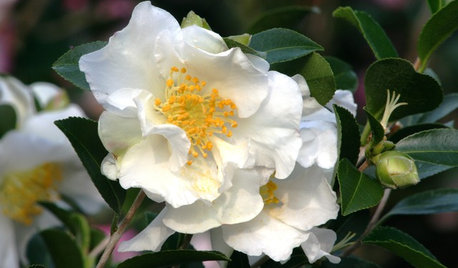
FLOWERSGreat Design Plant: Sasanqua Camellia
Pretty fall flowers belie this plant's hardworking nature and relative tough attitude toward disease
Full Story
EDIBLE GARDENSHow to Grow Your Own Luscious Cherries
Nope, they’re not the easiest fruit to grow. But with spectacular blossoms and pies as possibilities, cherries are sure worth a try
Full Story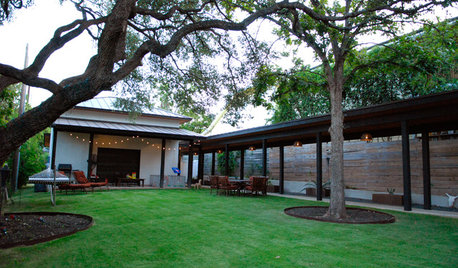
TREESHow to Protect Your Trees When You’re Remodeling or Building
Will your home be undergoing construction this year? Be sure to safeguard your landscape’s valuable trees
Full Story
DECLUTTERINGDecluttering — Don't Let Fear Hold You Back
Sure, you might make a mistake when tackling a decluttering project, but that's OK. Here's why
Full Story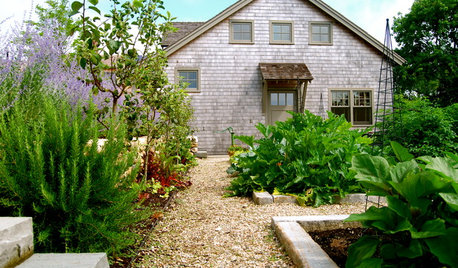
GARDENING GUIDESThe Simple Secret to Gardening Success
Learn the kinds of soil and a DIY type test to make sure you’re putting the right plant in the right place
Full Story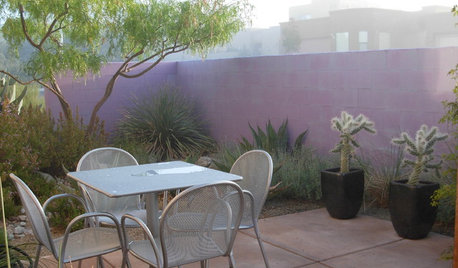
GARDENING GUIDESSouthwest Gardener's September Checklist
Arid desert gardens get welcome relief this month with cooler temperatures and moisture in the air. Here's how to make sure they thrive
Full Story0

GARDENING AND LANDSCAPING4 Good Ways to Get Rid of Mosquitos in Your Yard
Stay safe from West Nile virus and put an end to irksome itches with these tools and methods for a porch, patio or yard
Full Story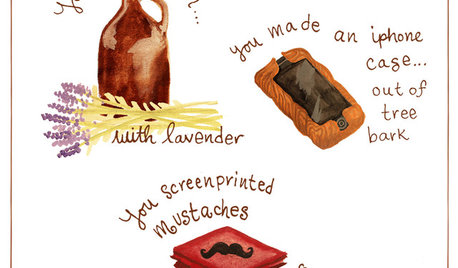
DIY PROJECTS12 Signs You've Caught the DIY Bug
Been making inventive things from scratch? Repurposing salvaged pieces creatively? It may be more serious than you think
Full StoryMore Discussions






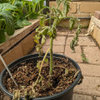
srburk
bpmac112166
Related Professionals
East Rancho Dominguez Landscape Architects & Landscape Designers · Lake Oswego Landscape Architects & Landscape Designers · Mitchellville Landscape Architects & Landscape Designers · North New Hyde Park Landscape Architects & Landscape Designers · Waunakee Landscape Architects & Landscape Designers · Fort Payne Landscape Contractors · Kahului Landscape Contractors · Norwalk Landscape Contractors · Siloam Springs Landscape Contractors · Vineyard Landscape Contractors · Westford Landscape Contractors · Markham Landscape Contractors · Camp Springs Landscape Contractors · Billings Siding & Exteriors · Pike Creek Valley Siding & Exteriorstorquill
gardeninggrrlOriginal Author
torquill